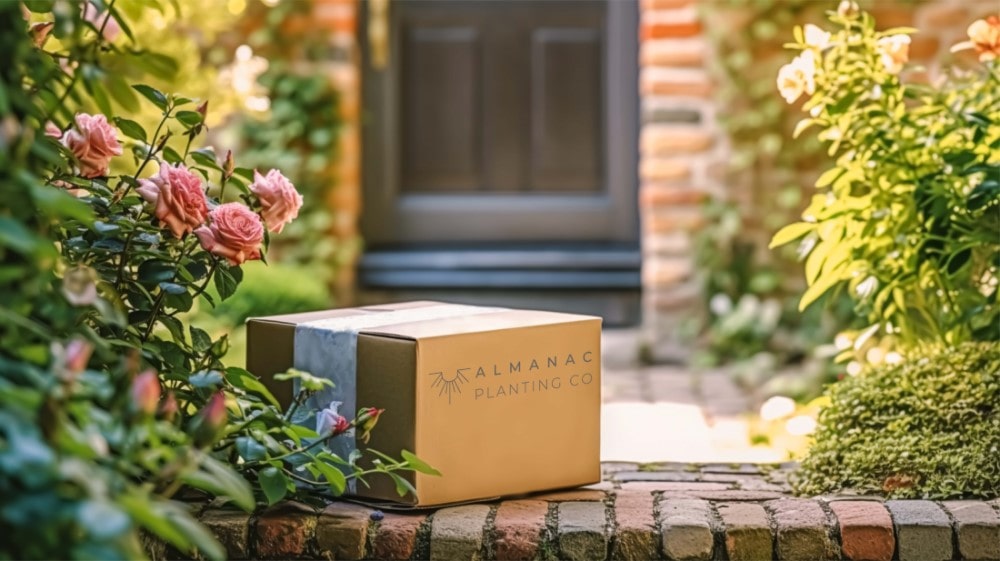Benefits: A profuse explosion of sweetly fragrant, white to whitish pink spring blooms! Produces small fruits that birds love! Attracts butterflies and pollinators!
USDA Hardiness Zones: 5 - 8
Sun: Full sun to partial shade (Prefers Full Sun)
Life Cycle: Perennial
Mature Height: 35' - 50'
Mature Width: 25' - 40'
Bloom Season: Spring
Growth Rate: Fast
Summary
Prunus × yedoensis 'Somei-yoshino'—commonly referred to as the Yoshino Cherry Tree, Tokyo Cherry Tree, Potomac Cherry Tree, and sometimes as the Japanese Flowering Cherry Tree—is a deciduous flowering tree that's a hybrid of Prunus speciosa (Oshima Cherry) as the father plant and Prunus pendula f. ascendens as the mother. It's best known for its prolific springtime blooms of white to whitish pink flowers!
Branching is visually attractive, spreading, and upright. The crown is rounded and open.
It's famous for producing clusters of almond scented, fragrant flowers typically 1" to 1.5" in diameter, with 5 petals per flower. Colors vary from a cotton white to an extremely pale pink.
Slightly larger than the Kwanzan Cherry, Yoshino Cherry is another perfect tree for lining paths, driveways, and as a specimen piece for yards and gardens!
In addition to its flowers attracting pollinators and butterflies, birds are also drawn to this tree for a variety of reasons. It's branching is perfect for nesting, plus its flowers are followed by small, bitter cherries that birds love!
Considered a shade tree by some, Yoshino Cherry Tree is known to cast a light shade that's cooling but not heavy enough to prevent grass from growing underneath it.
Foliage turns yellow in autumn, and is often accented with hints of bronze.
Care
Yoshino Flowering Cherry Tree Care
Provide full sun or partial sun. Full sun is best, and will yield the heaviest blooms! Too little light will cause growth issues.
Fertilization is suggested, especially if soil is poor. Our slow release fertilizer is a great option. We suggest that fertilizers be applied in the spring.
Does best in soil that's moist, slightly acidic, and well draining. Does not thrive in dry soil!
Pruning and trimming is typically not required, although it may be done to promote desired shaping. Any heavy trimming should be done shortly after the tree has fully finished flowering.
Water regularly, especially after planting prior to establishment. Attempt to keep soil moist, but not wet. It's suggested to place 2"-3" of mulch under this plant to help retain a light degree of ground moisture and to prevent the growth of weeds around the base.
Size
Size of Yoshino Flowering Cherry Tree for Sale Online
The Prunus × yedoensis 'Somei-yoshino' that we sell online will ship in a greenhouse grade grow pot. Each plant will be appropriately sized for its pot. Please contact us with any specific questions.
Size of Yoshino Flowering Cherry Tree When Mature
Prunus × yedoensis 'Somei-yoshino' will often reach mature heights of 35' - 50' and widths of 25' - 40'.
Additional Information
What is the botanical name of Yoshino Flowering Cherry Tree?
Its botanical name is Prunus × yedoensis. The cultivar is 'Somei-yoshino', which is the original cultivar of Yoshino Hybrid Cherry Trees.
Toxicity and Risks of Yoshino Flowering Cherry Tree
Prunus × yedoensis 'Somei-yoshino' is considered toxic to both people and pets!
Its toxicity is a result of the fact that all parts of the plant, with the exception of its ripe fruit, contain cyanide. It should be noted that although the fruit itself doesn't contain cyanide, the seed inside the fruit does contain cyanide.
Signs of poisoning include trouble breathing, bright red gums and/or lips, shock, dilated pupils, nausea, and death.






